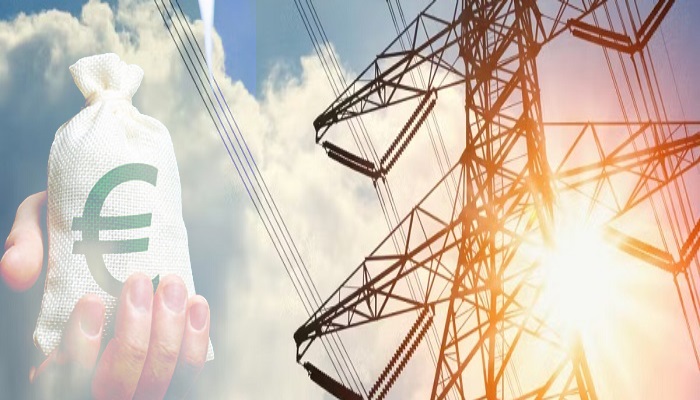In an effort to assemble industry leaders and increase awareness of the vital role that grids play in the energy transition, as well as to provide input for policy discussions at the EU level, the significant investment required to strengthen the grid has emerged as a prominent topic.
Damian Cortinas, Chairman of the Board of ENTSO-E (the European Network of Transmission System Operators for Electricity), emphasized, “Let’s be clear: investments in the grid will be imperative. Even if we fully embrace digitalization and coordinate with and among Transmission System Operators (TSOs), substantial investments will still be necessary to connect new generation sources, promote solidarity among European regions and countries, and, notably, facilitate the sharing of flexibilities required for the future.”
The Grids Forum represents the latest initiative from European Associations, shedding light on the state of the grid and the necessary measures to prepare it for a net-zero scenario. Earlier this week, Eurelectric stressed the importance of prioritizing grid expansion to meet the Fit for 55 and REPowerEU goals, while the European Distribution System Operator (DSO) association E.DSO outlined key commitments for the future grid, urging high levels of investment on the EU’s future agenda.
First and foremost, according to Simson, one of the forum’s keynote speakers, addressing the power grid’s readiness involves tackling the issue of investment. “Europe needs to invest €584 billion ($624.6 billion) by 2030 to modernize and expand its grids. This is a substantial sum, but it is achievable.”
Simson referenced the European Investment Bank’s announcement in July of additional financing, amounting to 50% (€15 billion or $16 billion) for the REPowerEU Plan, highlighting initiatives aimed at expediting financing. “The proposed new electricity market reform will also make a significant impact. We anticipate it will alter the remuneration mechanism for grid projects and stimulate forward-looking investments.”
The second crucial issue to address, according to Simson, is the presence of regulatory barriers and the potential benefits of dismantling them and streamlining procedures.
The third point of importance is cross-border interconnection, as emphasized by the recent energy crisis. Simson stated, “Europe has much to gain from revitalizing regional cooperation and advancing cross-border interconnections. ENTSO-E’s latest 10-year network development plan for 2022 indicates that Europe needs to invest €6 billion ($6.4 billion) annually until 2040 in cross-border infrastructure. The 15% interconnection target is not merely a benchmark; it is the most effective way to enhance our security of supply and competitiveness.”
Fourthly, Simson stressed the need for more efficient grids through digitalization of the energy system and investments in smart grids. “With the increasing share of solar and wind energy, it is becoming crucial to align demand and supply in real-time. This necessitates real-time data and pricing, enabling consumers, businesses, and smart energy appliances to respond to the system’s requirements.”
The fifth and final point highlighted by Simson pertains to industrial and commercial opportunities related to the grid. “We often hear reports of projects being delayed or suspended due to component delivery times extending beyond 2030 or rising costs. However, it’s important to remember that the world’s three largest cable manufacturers are located in Europe. If we enhance our industrial capacity, expand the skilled labor pool, and improve the supply chain, all of these factors will translate into jobs, growth, and opportunities.”
Simson referred to the Net Zero Industry Act, one of several proposals tabled in March 2023 aimed at strengthening Europe’s position in the energy transition by boosting European supply chains and enhancing workforce skills.




































